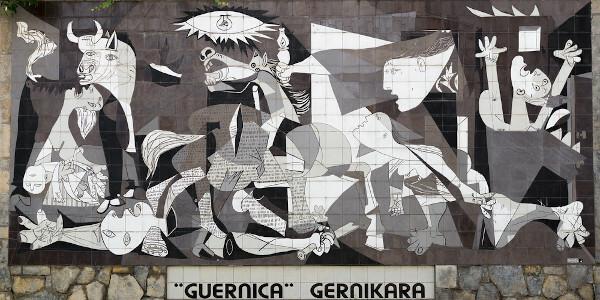The texts can be divided according to the language chosen for the construction of the speech. There are two large groups that privilege the literary language and the non-literary language. Although literary and non-literary texts present converging points in their elaboration, there are some aspects that make it possible to differentiate between them. Knowing how to identify and recognize them according to the type of language adopted is fundamental for understanding the various textual genres to which we are exposed in our daily lives.
In this matter, there is no language that is superior to the other: both are important and are represented by countless textual genres. The differences in the types of language are anchored by the need to adapt the speech, as for each situation we choose the most appropriate way to prepare a text. If the intention is to communicate or inform, we will certainly adopt language resources that favor the perfect understanding of the message, thus avoiding linguistic barriers that may hinder access to information. If the intention is to privilege art, through the writing of poems, short stories or chronicles, adequate linguistic resources will be at our disposal for this purpose, such as the use of
connotation, of figures of speech, among other elements that give the text an aesthetic value.Thus, check out the main differences between literary language and non-literary language:
→Literary language: it can be found in prose, fictional narratives, chronicles, short stories, novels, novels and also in verse, in the case of poems. It presents characteristics such as variability, complexity, connotation, multi-meaning and creative freedom. Literature must be understood as art and, as such, it has no commitment to objectivity and transparency in the issue of ideas. Literary language makes language an aesthetic object, not merely a linguistic one, from which we can infer meanings according to our singularities and perspectives. It is common in literary language to use the connotation of speech figures and construction figures, in addition to subversion to normative grammar.
Do not stop now... There's more after the advertising ;)
→Non-Literary Language: it can be found in news, journalistic articles, educational texts, dictionary and encyclopedia entries, advertisements, scientific texts, cooking recipes, manuals, among other textual genres that favor the use of an objective, clear and concise. Considering these aspects, the information will be passed on in a way to avoid possible obstacles to the understanding of the message. In non-literary discourse, the conventions prescribed in normative grammar are adopted.
Language is nothing more than the expression of thought through words, visual or phonetic signs, through which we manage to establish communication. Understanding the aspects present in each of the languages is essential for a better understanding of the different types of speech we produce and to which we are exposed in different situations communicational
By Luana Castro
Graduated in Letters
Would you like to reference this text in a school or academic work? Look:
PEREZ, Luana Castro Alves. "Differences between literary language and non-literary language"; Brazil School. Available in: https://brasilescola.uol.com.br/literatura/linguagem-literaria-naoliteraria.htm. Accessed on June 27, 2021.


